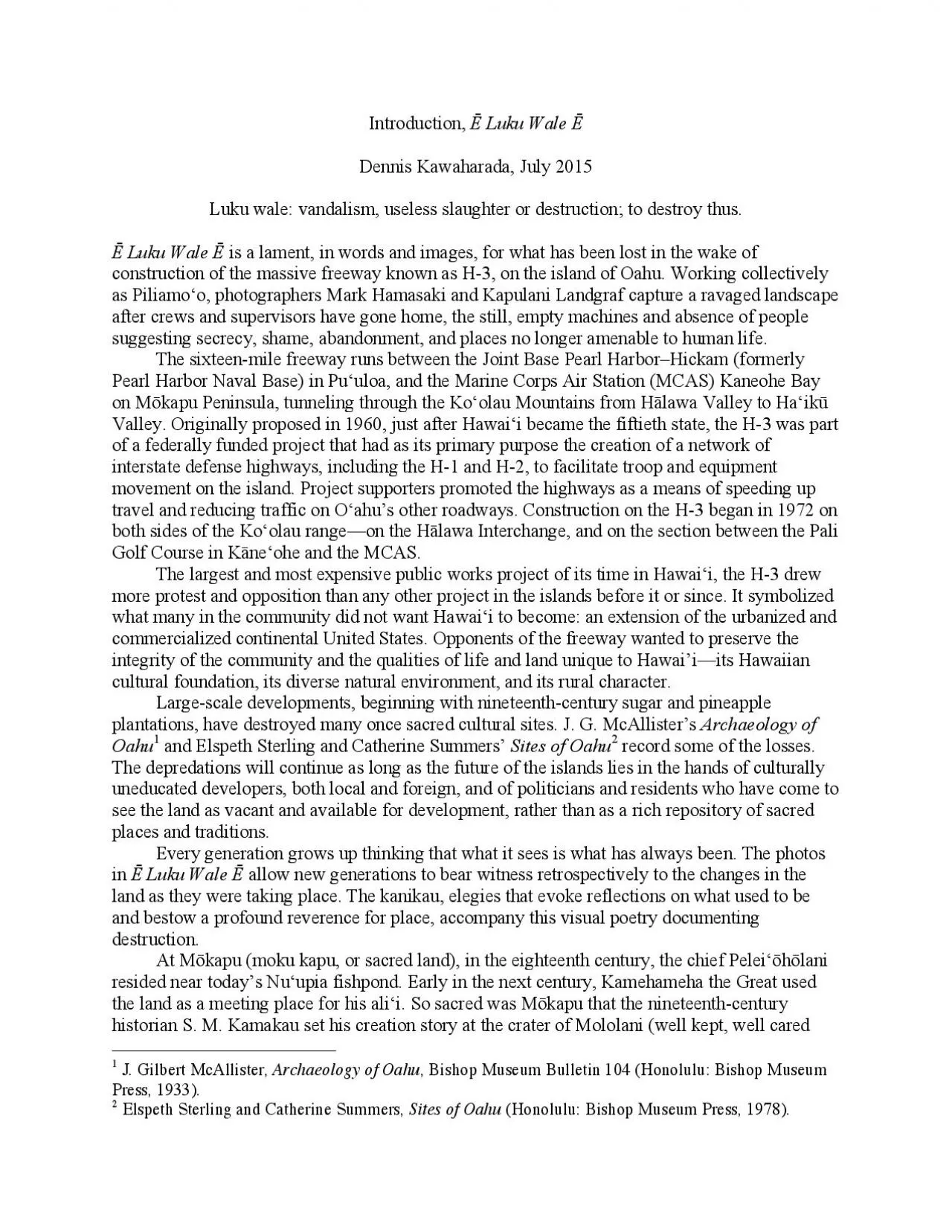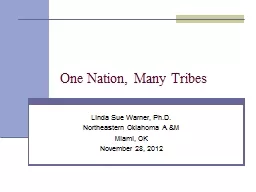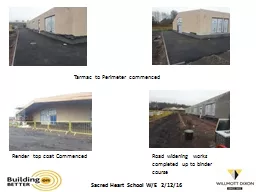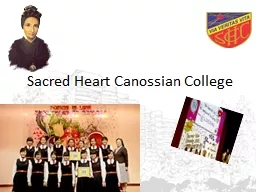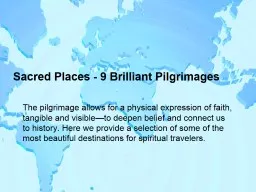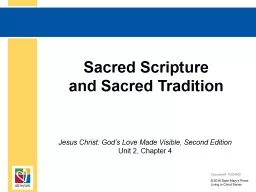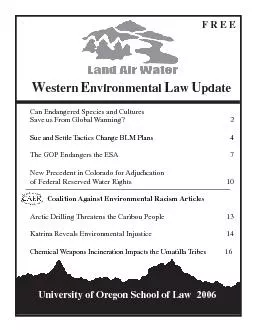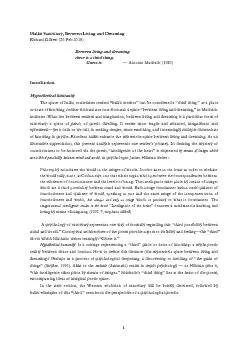PDF-the land as a meeting place for his alii So sacred was Mkapu that t
Author : bitsy | Published Date : 2021-06-20
for on the peninsula Here on the eastern flank facing the sunrise the gods Kne K and Lono created the first man and woman For centuries after the Polynesians
Presentation Embed Code
Download Presentation
Download Presentation The PPT/PDF document "the land as a meeting place for his alii..." is the property of its rightful owner. Permission is granted to download and print the materials on this website for personal, non-commercial use only, and to display it on your personal computer provided you do not modify the materials and that you retain all copyright notices contained in the materials. By downloading content from our website, you accept the terms of this agreement.
the land as a meeting place for his alii So sacred was Mkapu that t: Transcript
Download Rules Of Document
"the land as a meeting place for his alii So sacred was Mkapu that t"The content belongs to its owner. You may download and print it for personal use, without modification, and keep all copyright notices. By downloading, you agree to these terms.
Related Documents

